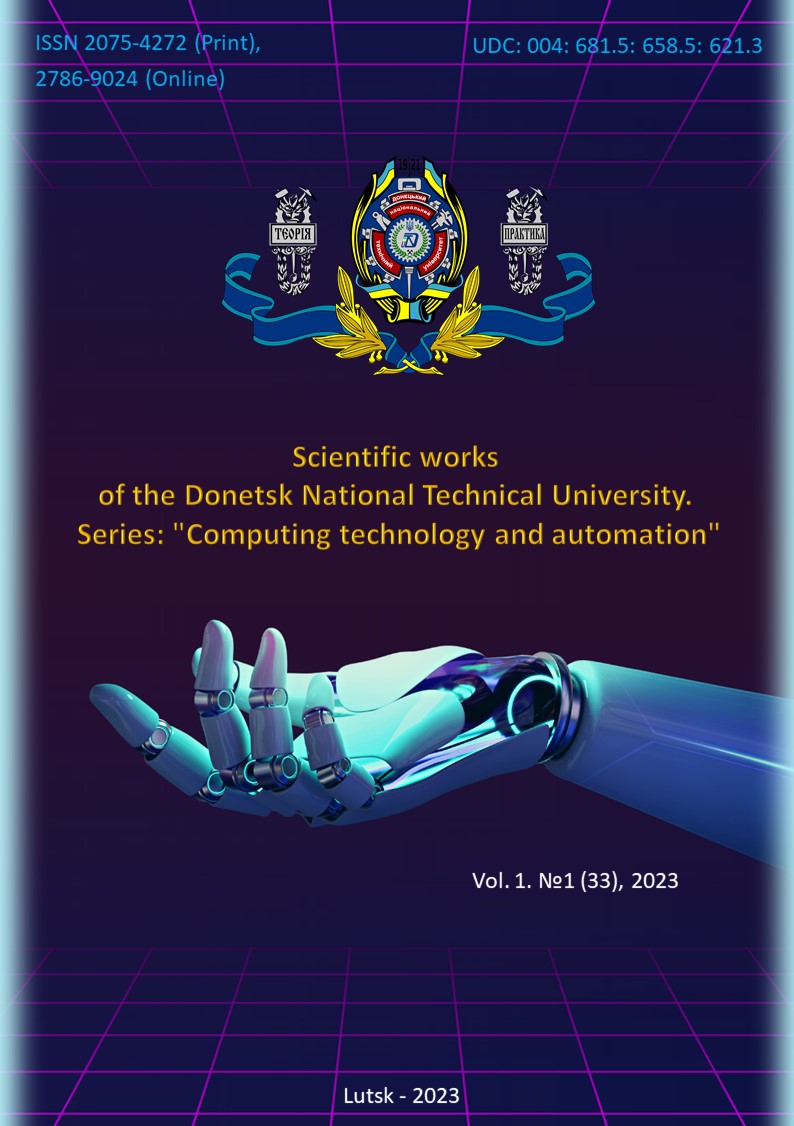USE OF MACHINE LEARNING TOOLS AND PYTHON LIBRARIES FOR PREDICTION THROUGH REGRESSIONS
DOI:
https://doi.org/10.31474/2786-9024/v1i1(33).296156Keywords:
machine learning, regression, prediction, polynomial regression, random forest, pythonAbstract
The purpose of this work is forecasting the average check amount depending on the time spent by customers in the retail area and forecasting the average check amount based on seasonal demand characteristics considering the constant annual price growth.
Forecast methods were analysed. The use of Python libraries was considered. The code was developed for solving the above-mentioned forecasting tasks through linear, polynomial and random forest regressions, specifically, the search for the dependence of the average check amount on the time spent by customers in the retail area and the dependence of the average check amount on seasonal price fluctuations over several years. A comparison of the results of linear and polynomial regression was made under conditions of smaller or larger volumes of the input data, explanations were provided regarding the appropriateness of choosing one or the other when modelling non-cyclical processes and why the random forest model provides adequate results for cyclical processes. The source code and examples of input data were shared for public access.
Scientific novelty lies in the ways of applying regressions for modelling and forecasting the average check amount depending on the time customers spend in the retail area as well as the average check amount depending on seasonal demand characteristics with consideration of constant price growth.
The selected examples of cyclical and non-cyclical economic phenomena are the most common ones, and practitioners face similar tasks daily. Therefore, the results of this work provide them with ready-made solutions that require minimal adaptation to practical needs. Additionally, it demonstrates the feasibility of deploying them in the AWS cloud environment and the potential for integration with various data sources and other information systems.
References
M.P. Halushchak, O.Ia. Halushchak, T.I. Kuzhda, “Prohnozuvannia sotsialno-ekonomichnykh protsesiv: navchalnyi posibnyk dlia ekonomichnykh spetsialnostei”. Ternopil, 2021. [Online]. URL: http://surl.li/rlbjn. Accessed: 10.11.2023. (In Ukrainian).
O. A. Zhukovska, “Prohnozuvannia sotsialno‐ekonomichnykh protsesiv: kompiuternyi praktykum: navch. posib. dlia zdobuvachiv stupenia bakalavra za osvitnoiu prohramoiu “Ekonomichna kibernetyka” spetsialnosti 051 Ekonomika”. Kyiv: KPI im. Ihoria Sikorskoho. Kyiv, 2022. [Online]. URL: http://surl.li/rlblj. Accessed: 10.11.2023. (In Ukrainian).
O.M.Vylchinska, “Sylabus z navchalnoi dystsypliny “Osnovy prohramuvannia Python”. Lviv: Lviv national university im. Ivana Franka, department of economics and statistics, 2022. [Online]. URL: http://surl.li/rlbne. Accessed: 10.11.2023. (In Ukrainian).
M.Bowles, “Machine learning in Python: essential techniques for predictive analysis”. John Wiley & Sons, 2015.
M.Peixeiro, “Time series forecasting in python”. Simon and Schuster, 2022.
J.Yoon, “Forecasting of Real GDP Growth Using Machine Learning Models: Gradient Boosting and Random Forest Approach”, Comput Econ, vol. 57, 247–265, 2021, doi: 10.1007/s10614-020-10054-w.
Python License, Version 2. [Online]. URL: http://surl.li/rlbpi. Accessed: 10.11.2023.
W3School. [Online]. URL: https://ww.w3schools.com. Accessed: 10.11.2023.
W3School In Ukrainian. [Online]. URL: http://surl.li/rlbqo. Accessed: 10.11.2023. (In Ukranian).
W3School. Machine Learning - Linear Regression.. [Online]. URL: http://surl.li/rlbrd. Accessed: 10.11.2023.
A.R.Joaquín, J.E.O.Rodrigo. Skforecast: time series forecasting with Python and Scikit-learn. [Оnline]. URL: http://surl.li/rlbrz. Accessed: 10.11.2023.
Midnight Commander.. [Online]. URL: http://surl.li/rlbuy. Accessed: 10.11.2023.
Set up to use Amazon EC2. [Online]. URL: http://surl.li/rlbvn. Accessed: 10.11.2023.
Install Python, pip, and the EB CLI on Linux. [Online]. http://surl.li/rlbwp. Accessed: 10.11.2023.
J.L.Baytelman. Kod Python i pryklady danyh dlia prognozuvanyia. [Online]. URL: http://surl.li/rlbxq. Accessed: 10.11.2023. (In Ukranian).
Downloads
Published
How to Cite
Issue
Section
License
Copyright (c) 2024 Hanna Telychko, Yakiv (Jacob) Baytelman, Daria Zhukovska

This work is licensed under a Creative Commons Attribution-NonCommercial-NoDerivatives 4.0 International License.





